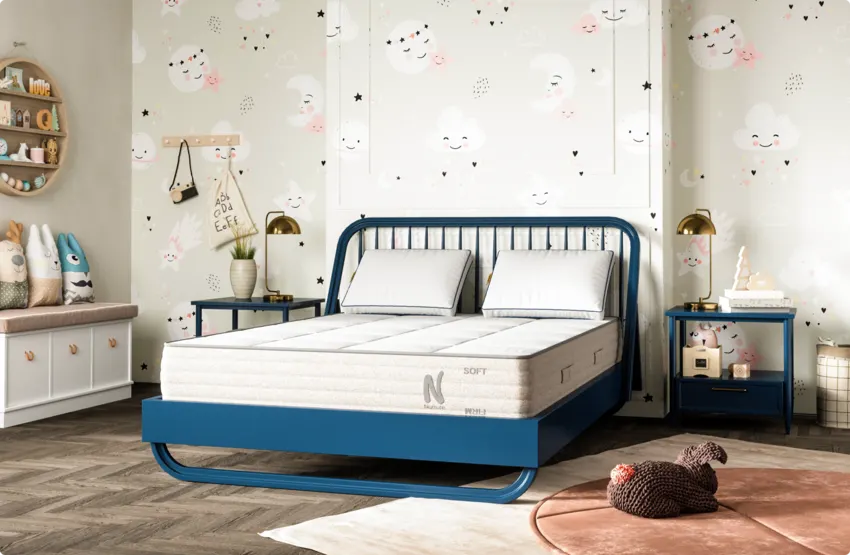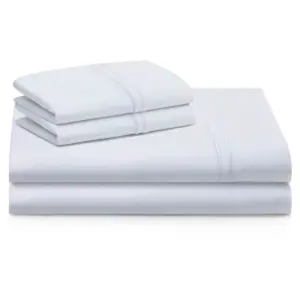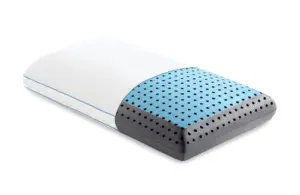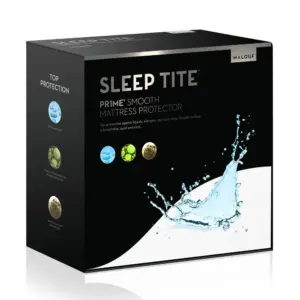The Surprising Caloric Burn of Napping
When it comes to burning calories, most people envision rigorous workouts and strict diets. But did you know that taking a nap can also contribute to your caloric burn? Yes, napping does indeed burn calories—a fascinating reality that deserves exploration.
How Napping Contributes to Caloric Burn
Your body operates continuously, even while you sleep or nap. Thanks to your Basal Metabolic Rate (BMR)—the number of calories required for essential functions such as breathing and circulation—your body remains active, even at rest.
Factors Influencing Caloric Burn During Naps
Several factors determine how many calories you burn during a nap, including:
Basal Metabolic Rate (BMR)
Your BMR is crucial in understanding caloric burn. It reflects the minimum energy required for your body to function while at rest. Variations in BMR mean that people burn calories at different rates. A higher BMR translates to more calories burned—even during a nap.
Body Weight
Your weight plays a significant role in caloric burn. Heavier individuals generally burn more calories than lighter individuals during similar activities, including napping. To illustrate, someone weighing 185 pounds may burn around 26 calories during a 30-minute nap, while a person weighing 125 pounds would burn about 19 calories in the same timeframe, as per Harvard Health Publishing.
Sleep Duration
The length of your nap directly affects how many calories you can burn. Short naps of about 20 minutes may lead to lower caloric burn compared to a full 60-minute nap. However, long naps may disrupt nighttime sleep, so it’s essential to strike a balance.
Age
As we age, our metabolism tends to slow down, resulting in a decreased BMR. Younger individuals typically experience different metabolic rates, leading to higher calorie burns during naps.
Muscle Mass
Muscle is metabolically active and burns more calories than fat. Therefore, those with higher muscle mass will likely have a higher BMR, translating to more calories expended, even during rest.
Hormone Levels
Hormones play a significant role in metabolism. For example, thyroid hormones contribute to determining your metabolic rate. Conditions such as hypothyroidism can lower BMR, while hyperthyroidism can elevate it. Stress management is also vital, as it can influence cortisol levels, impacting caloric burn.
Body Composition
Your overall body composition, specifically the ratio of muscle to fat, affects your caloric burn. A higher percentage of muscle mass enhances your BMR, while more body fat can have the opposite effect.
Napping vs. Sleeping at Night: What’s the Difference?
Both napping and nighttime sleep utilize your Basal Metabolic Rate for calorie burn. Interestingly, different sleep stages contribute variably to caloric expenditure. Rapid Eye Movement (REM) sleep, for instance, demands more energy due to heightened brain activity, while deep sleep slows metabolic processes.
During a brief nap, you might not reach the REM stage, especially if it’s under 30 minutes. Consequently, your caloric burn may be less than that achieved during a full 6-8 hour sleep cycle, which allows for transitioning through all sleep stages. Nonetheless, even short naps contribute to caloric expenditure—on average, around 20-40 calories per half hour, depending on body weight and BMR.
Can Napping Aid in Weight Loss?
While napping alone won’t lead to significant weight loss, it can support overall metabolism and supplement your caloric deficit strategy in meaningful ways:
– Energy Expenditure: Even light activities, including napping, contribute to your total daily energy expenditure, which can impact your weight loss goals.
– Hormone Regulation: Adequate napping helps balance hunger and satiety hormones like ghrelin and leptin, reducing the likelihood of cravings and overeating.
– Muscle Recovery: Quality sleep is essential for muscle recovery. Building more muscle can boost your BMR, aiding caloric burn during rest.
Tips to Maximize Caloric Burn During Naps
Optimizing naps for caloric burn involves several strategies:
1. Exercise Regularly: Incorporate both strength training and aerobic exercise into your routine. Increased muscle mass elevates your BMR, while aerobic activities enhance overall caloric expenditure.
2. Consider Dietary Adjustments: Consuming high-protein snacks before sleep can elevate your metabolism through the thermic effect of food (TEF). Great options include Greek yogurt, cottage cheese, and nuts.
3. Manage Your Environment: Sleep in a cool room (around 66°F) to potentially burn more calories, as your body expends energy maintaining its core temperature.
Frequently Asked Questions about Napping and Caloric Burn
Q: How many calories do you burn in a 1-hour nap?
A: On average, expect to burn between 20-40 calories during a one-hour nap, although this varies based on weight and metabolism.
Q: Does napping influence weight loss?
A: Yes, napping can improve hormone regulation, helping to manage cravings and maintain a caloric deficit, which is crucial for weight loss.
Q: Can a cooler room increase caloric burn?
A: Absolutely! Sleeping in a cooler environment can enhance energy expenditure, further boosting your metabolism.
Conclusion
In summary, napping does indeed burn calories, contributing to your overall energy expenditure. While it may not equate to the calories burned in a vigorous workout, quality naps enhance your metabolic rate and hormone balance, creating a more favorable environment for weight management. Adopting effective sleep habits, including exercise and dietary choices, can further enhance the benefits of naps.
By embracing healthy sleep routines, you not only improve your daily productivity but also advance your journey toward a healthier metabolism and weight balance.



















